
Winter Farmers Market
HOW DID THE WINTER FARMERS MARKET START?
Katelyn Ginsberg: We all knew we needed to try to find a way to grow business in the wintertime. We do a lot of rock salt business, but if it’s not snowing or icing that obviously is not doing anything for us. Our nursery manager Bill [Craig] was thinking about how we could use the unheated greenhouse space, and at the same time I got to talking to a vendor who was involved at the Glenside farmers market. The market is right down the street from us, not even a block away, but we’d never been involved in it, and he said, “It would be great to have something in the wintertime,” and I said, “Oh, well actually, we do have a space in the wintertime.” In coordination of his suggestion, Bill’s suggestion and my ideas, we just put it out there. I live in Ambler, which is about 15 minutes away, and I frequent the Ambler farmers market in the spring, summer and fall, so I made a connection with one of the farmers there, Steve from Clay Brick Farms who has become our main vendor at the market.
 HOW DO YOU DECIDE ON VENDORS?
HOW DO YOU DECIDE ON VENDORS?
Ginsberg: There were a few vendors that came with Steve from the Ambler farmers market, but it’s pretty much word of mouth, since there was no real option for vendors in the fall once their markets closed. We want to have a good variety, but I also am really careful about non-competing vendors because we’re such a small space. We can only do about 20 or 22 vendors a week because the space isn’t that big, so we have to pick and choose what we feel is going to be successful. It tends to lean to more food than crafts this year, but that kind of seems to vary with who gets to me first, honestly. We really can’t expand anymore. There was a big potato vendor who came last minute and said he could set up anywhere because he has a big hot oven he trails around on the back of his car. I said alright because he didn’t need any space other than a parking spot, which is very valuable, but at least not space in the greenhouse.
LET’S TALK LOGISTICS.
Ginsberg: At first, we just said that this is an open space, and we’re not trying
to make money, and we just hope that you’ll be able to bring traffic through our door, so initially we didn’t charge anything. Then once we started expanding more, we put down the walls and turned on the heaters and suddenly propane started costing money and people needed electricity, so we decided to charge a minimal amount. We charge $25 a week for a vendor. They can come one week or they can come all 15 weeks. We require a copy of liability insurance where the vendor just includes our names, and if there are any food vendors that require licensing, that’s also something they are responsible for following up with. The last two weeks before the market starts there’s a lot of double checking of things and making sure everyone has their payments and insurance in, but it’s also time in the end of October or beginning of November that it’s normally a bit quiet because we keep a lot of staff on to transition from fall to winter decorating and whatnot.

HOW DO SATURDAYS FROM 10 A.M. TO 1 P.M. WORK?
Ginsberg: Steve from Clay Brick Farms, who I brought over from the Ambler market, is very, very good about his numbers and tracking sales, and he’s told me that he averages about 300 people a week. That’s 300 people through the door that wouldn’t be through the door otherwise. In January and February, it tapers off a little, but it’s probably still 250 people. We do a lot of workshops in January and February that bring people in also. Saturdays are definitely working well, and the timing in terms of the Saturday before Thanksgiving through February is perfect. We’re clearing out that space at the end of October once mums and pansies are moved out, and then we don’t start to get perennials in until the beginning of March. We start at 10 a.m. because we open at 9 a.m., so that gives everybody a solid hour to adjust before we get busy. Then 1 p.m allows us to do a workshop on Saturday afternoon in that space.



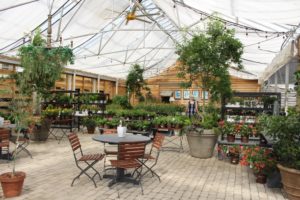


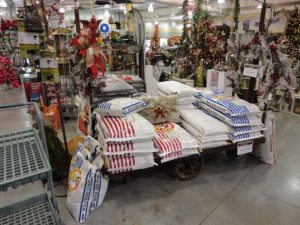
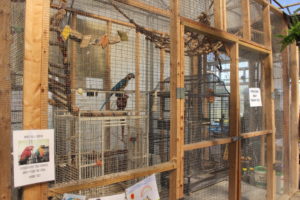

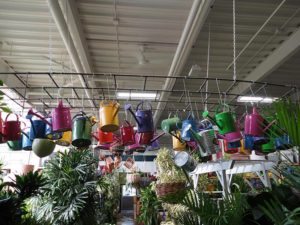

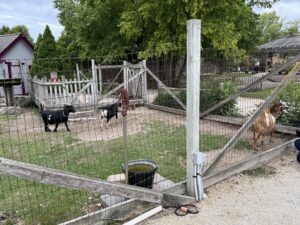
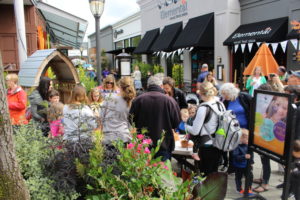
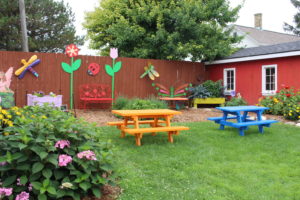
 Videos
Videos





